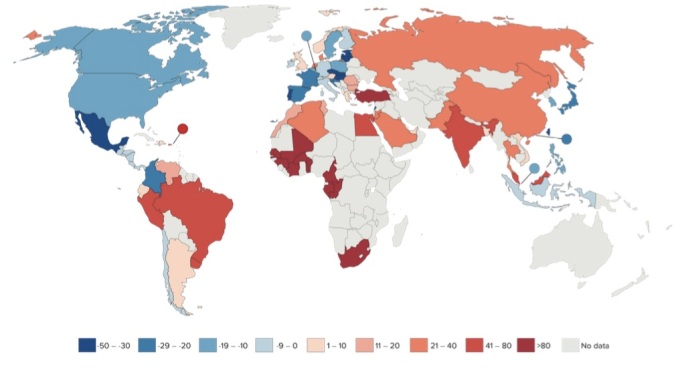Antibiotic
resistance poses a serious threat to the gains we have made in curbing
infectious diseases caused due to bacteria.Simply put, it is the
bacteria’s way of putting up a fight to survive and persist.
To
understand what antibiotic resistance is, let’s delve a little into the
biology of these famed, overused drugs and into the history of how we
got here.
Antibiotics
are drugs that are effective in treating and preventing bacterial
infections. Barring a few antibiotics with anti-protozoan activity,
antibiotics are largely anti-bacterial and are ineffective against
viruses.
The
word antibiotics might elicit an image of Sir Alexander Fleming, and
the famous story of the serendipitous discovery of penicillin in 1928,
for which he shared a Nobel Prize with Howard Florey and Ernst Boris Chain. Some studies have even revealed traces of tetracycline in human skeletal
remains from ancient Sudanese Nubia (350–550 CE) and femoral midshafts
of the late Roman period skeletons from the Dakhleh Oasis, Egypt.

Source:Fleming’s Nobel Lecture
There are about 12 classes of antibiotics and the last class of antibiotics, lipopeptides, was discovered in 1987. No new classes of antibiotics have been discovered since then!
Unfortunately,
the success of antibiotics as a chemotherapy agent, has also led to the
misuse and overuse of these agents. We have moved away from using them
judiciously and today, antibiotics are being used rampantly not just to
treat infections in humans but to fatten animals that we intend to eat.
Source: Antibiotic resistance, PEW Charitable Trusts
In an interview shortly after winning the Nobel Prize in 1945, Alexander Fleming said:
"The
thoughtless person playing with penicillin treatment is morally
responsible for the death of the man who succumbs to infection with the
penicillin-resistant organism."
While
the molecular mechanisms of antibiotic resistance have been studied
extensively, we know that misuse and overuse of antibiotics have played a
key role in the creation of “superbugs”. Antimicrobial resistance is
prevalent world wide and new mechanisms of resistance emerge and spread.

Percentage change in antibiotic consumption per capita 2000–2010*, by country
Source: Center for Disease Dynamics, Economics & Policy. State of the World’s Antibiotics, 2015.
The State of World's Antibiotics
released in 2015 identified the different kinds of antibiotic resistant
bacterial strains including Methicillin-resistant Staphylococcus aureus
(MRSA) and Carbapenem-resistant Enterobacteriaceae. According to the
WHO, in 2013, there were about 480 000 new cases of
multidrug-resistant tuberculosis (MDR-TB) and extensively
drug-resistant tuberculosis (XDR-TB) has been identified in about 100
countries. The treatment courses for MDR-TB is long and usually less
effective, posing a greater threat to the progress that has been to curb
TB.
The SWA report describes six strategies (listed below from the report) that nations can take to:
- Reduce the need for antibiotics through improved water, sanitation, and immunization.
- Improve hospital infection control and antibiotic stewardship.
- Change incentives that encourage antibiotic overuse and misuse to incentives that encourage antibiotic stewardship.
- Reduce and eventually phase out antibiotic use in agriculture.
- Educate and inform health professionals, policymakers, and the public on sustainable antibiotic use.
- Ensure political commitment to meet the threat of antibiotic resistance.
Resistance Map: A useful resource from CDDEP that you could use to explore antibiotic resistance trends, rates and antibiotic use by country, pathogens and much more.
We have to take smart, swift action to reduce unnecessary use and misuse of antibiotics and use them with caution.
I still remember that growing up in India, I could just walk into a pharmacy and get a bunch of antibiotics without a proper prescription. Hopefully that practice is a thing of past!
This post is cross-posted to the IH blog.
I still remember that growing up in India, I could just walk into a pharmacy and get a bunch of antibiotics without a proper prescription. Hopefully that practice is a thing of past!
This post is cross-posted to the IH blog.

No comments:
Post a Comment